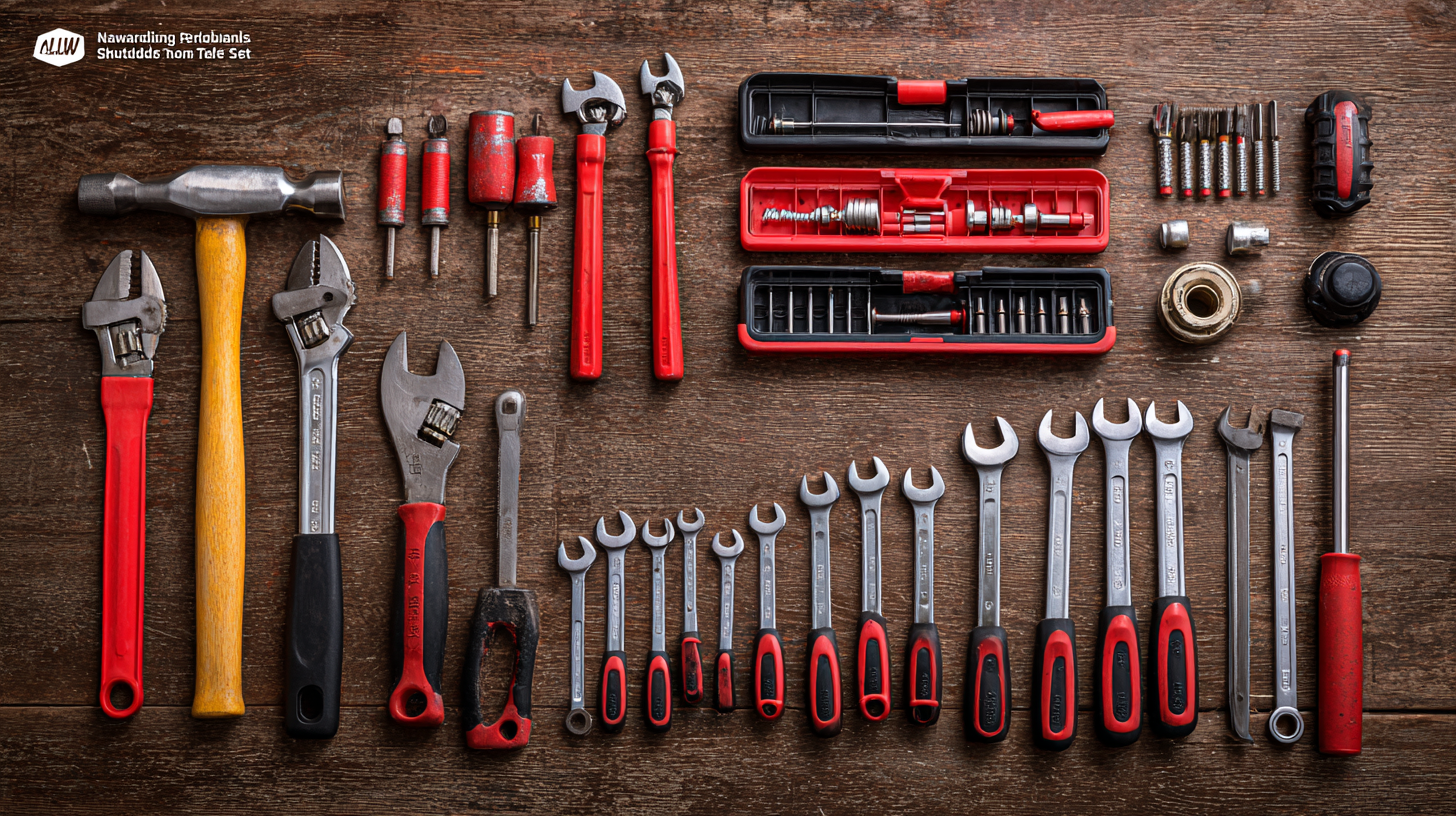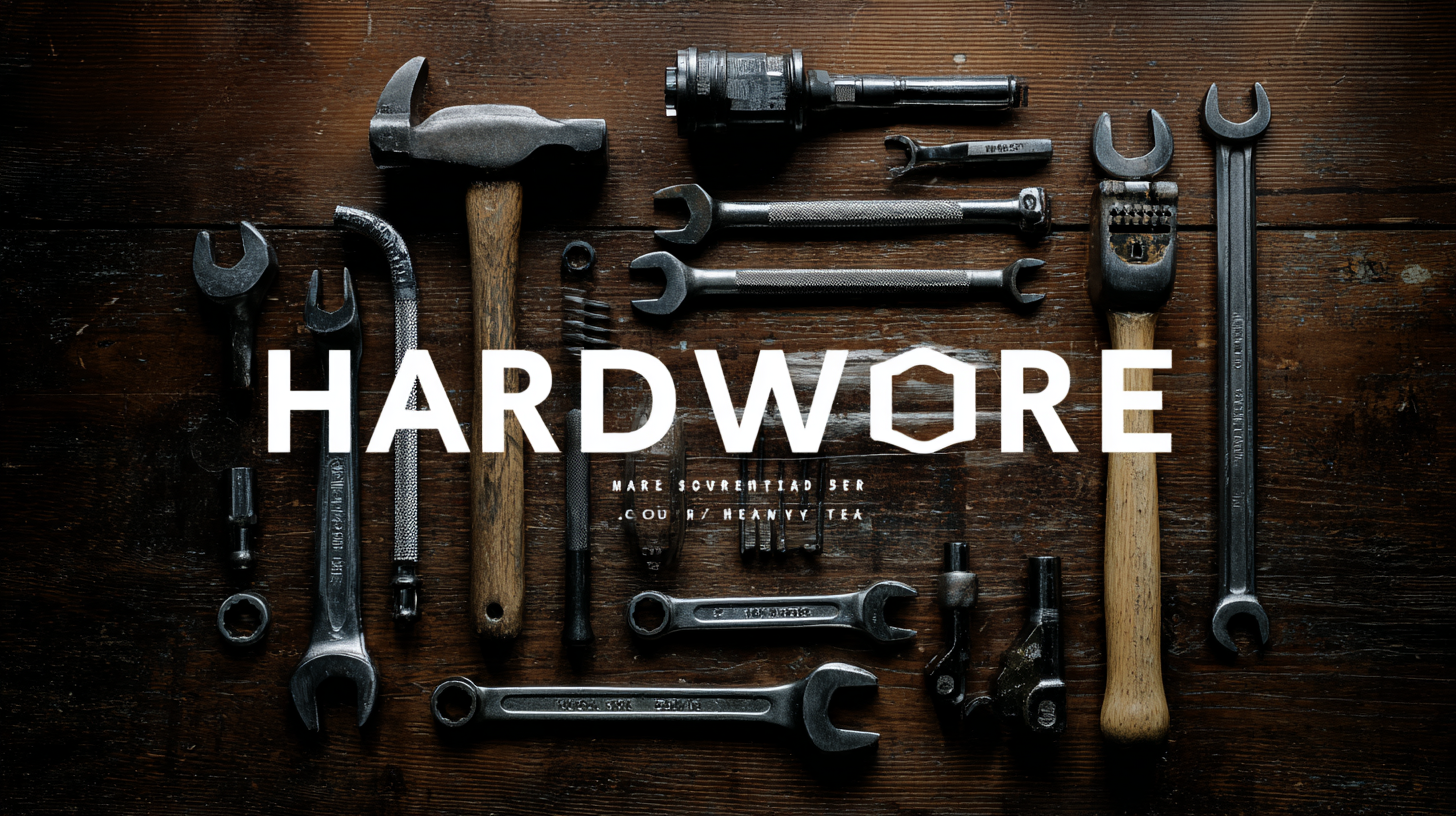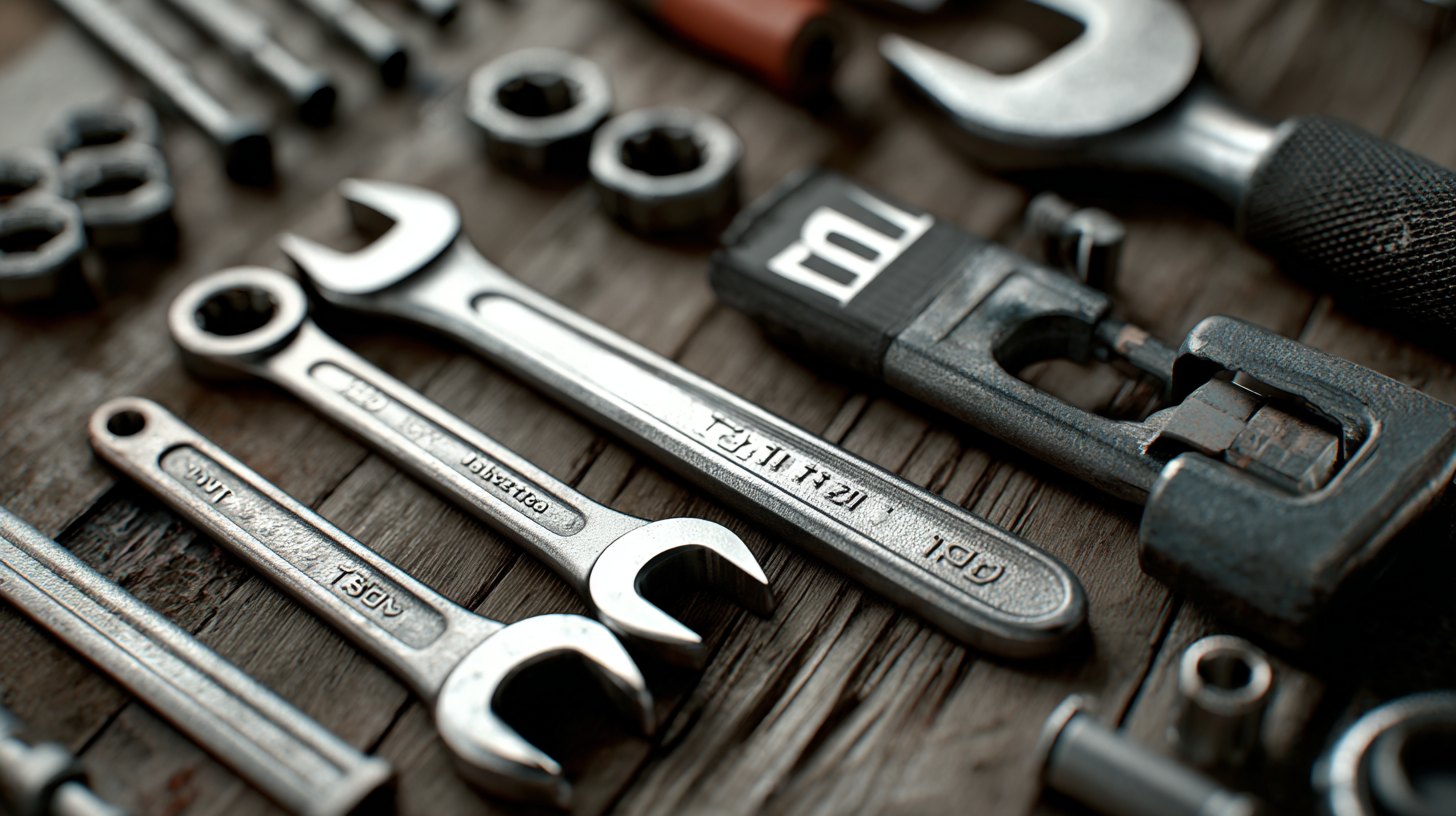In today's competitive landscape of the hardware tool set industry, the phrase "精工细造,中国制造,服务世界" encapsulates the commitment to quality craftsmanship and global service that defines modern production standards. As consumers demand higher performance and durability from their hardware tool sets, manufacturers face the challenge of navigating a myriad of common issues that can impact both product quality and customer satisfaction. From ensuring compliance with rigorous safety standards to managing supply chain complexities, addressing these challenges is essential for maintaining a competitive edge. This blog explores the intricacies of production standards within the hardware tool set sector, shedding light on prevalent issues and offering solutions to enhance product reliability and market responsiveness, ultimately reinforcing the promise of high-quality tools that serve the diverse needs of users worldwide.

In the hardware tool industry, understanding global production standards is essential for ensuring product quality and safety. With manufacturers spread across different regions, each adhering to various regulations, the challenge lies in maintaining consistency while meeting diverse requirements. For instance, standards such as ISO 9001 focus on quality management systems, ensuring that products meet customer expectations and regulatory requirements. Manufacturers must navigate these guidelines carefully to avoid costly recalls and uphold their reputation within the marketplace.
Furthermore, differing standards related to materials and safety can complicate the production process. For example, the use of specific materials, like certain grades of steel or environmentally friendly alternatives, can vary greatly by region. This variability not only affects production efficiency but also impacts the durability and performance of the tools being produced. As companies expand globally, they must invest in understanding the regional standards applicable to their target markets, ensuring compliance while still delivering high-quality products that meet consumer needs. By addressing these common issues, manufacturers can better navigate the complexities of the global hardware tool industry and establish themselves as leaders in quality.
| Category | Common Issues | Global Production Standards | Best Practices | Compliance Level |
|---|---|---|---|---|
| Hand Tools | Improper finishing | ISO 9001 | Detailed inspection routines | High |
| Power Tools | Electrical safety issues | IEC 60950 | Regular safety tests | Medium |
| Fasteners | Inconsistent dimensions | ASTM A500 | Routine calibration of machines | High |
| Measuring Tools | Measurement inaccuracies | ISO 8653 | Implementation of quality control | Medium |
| Cutting Tools | Material durability | DIN EN ISO 9001 | Use of high-quality materials | High |
Chinese manufacturers face significant challenges in exporting quality tools, especially amid an increasingly competitive global market. The ongoing trade tensions and shifting production landscapes, exacerbated by the so-called "China shock", have put immense pressure on these manufacturers. As demand for high-quality tools rises internationally, maintaining rigorous production standards becomes crucial. However, rising labor costs and the need for advanced technology can hinder manufacturers’ ability to keep up with quality expectations.
Additionally, the complex dynamics of international trade policies have introduced further uncertainties. Recent export controls and trade bans aimed at limiting technological exchanges with China have complicated the procurement of essential components and machinery. Many Chinese manufacturers are now re-evaluating their supply chains and production strategies to comply with these new regulations while striving to ensure their products meet the rigorous standards demanded by global markets. This delicate balancing act is essential for sustaining their competitive advantage in the hardware tool set industry.
In the ever-evolving hardware tool industry, maintaining consistency in production standards is paramount. Ensuring that every tool meets the predetermined quality benchmarks not only boosts customer satisfaction but also enhances brand reputation. One effective practice is to implement a rigorous quality control process at every stage of production. This includes regular inspection of materials, parts, and finished products to identify any deviations from the established standards.

Tip 1: Incorporate Lean Manufacturing Principles
Adopting Lean practices can streamline production processes, reducing waste and improving efficiency. By focusing on value-added activities, manufacturers can consistently produce high-quality tools while minimizing costs.
Tip 2: Invest in Employee Training
Well-trained employees are crucial for maintaining production consistency. Regular training sessions on the latest manufacturing techniques and quality control measures ensure that the workforce remains skilled and aware of best practices. This not only helps in achieving uniformity in the products but also fosters a culture of quality within the organization.
Implementing these best practices can significantly enhance the reliability of hardware tool production, ultimately leading to more satisfied customers and a stronger market presence.
Quality control plays a crucial role in the hardware tool set industry, directly influencing customer satisfaction. With an increasing number of options available, customers seek products that not only meet their needs but also exceed their performance expectations. Proper quality control processes ensure that every tool set is rigorously tested, adhering to established production standards. This attention to detail helps prevent defects and guarantees reliability, which are essential factors for customer trust and long-term loyalty.

Moreover, the impact of quality control reaches beyond product performance. Effective quality management fosters a sense of confidence among consumers, as they feel assured of the durability and functionality of their purchases. When customers consistently receive high-quality tools, their satisfaction increases, leading to positive reviews and recommendations. In a competitive market, where customer opinions shape brand reputation, prioritizing quality control is not just beneficial—it's imperative for sustaining success and cultivating a devoted customer base.
The global hardware tool market is poised for significant growth in the coming years, particularly as we approach 2032. Analysts predict that advancements in technology, along with increasing demand for efficient and reliable tools across various industries, will drive the market's expansion.
China's role in this landscape cannot be understated, as it continues to emerge as a key player in the manufacturing and innovation of hardware tools. By leveraging its vast resources and skilled workforce, China is expected to contribute substantially to the projected market size.
Tips for navigating the evolving hardware tool sector include staying updated on emerging technologies, such as AI-enhanced tools, that promise to improve efficiency and productivity.
Additionally, businesses should focus on sustainability by adopting practices that minimize environmental impact, aligning with the global movement towards greener production methods.
Moreover, it is essential for companies to invest in workforce training and skill development to maintain a competitive edge.
With the increase in automation and smart tools, ensuring that employees are equipped with the necessary skills to operate these advanced machines will be vital in this rapidly changing industry.
